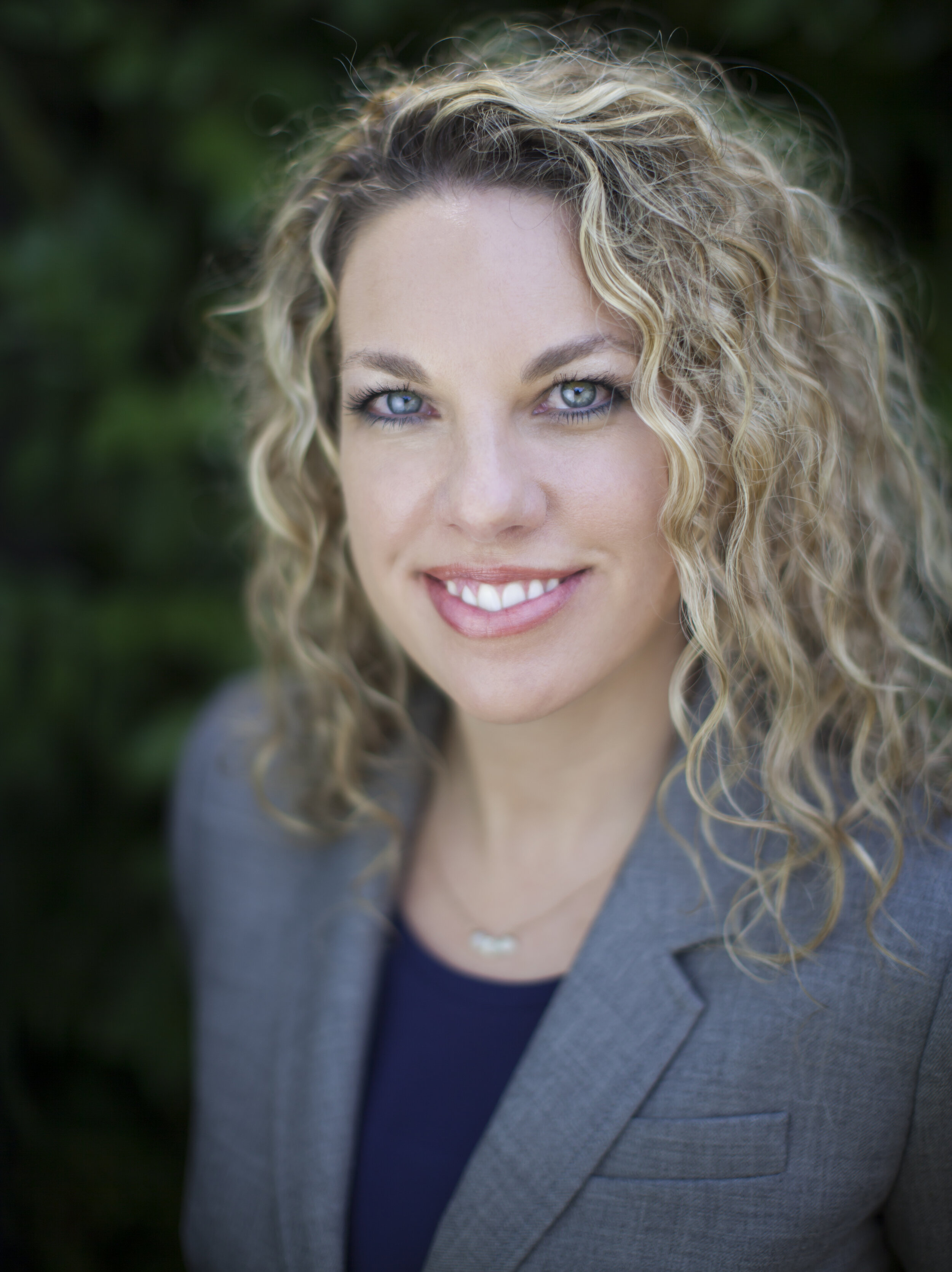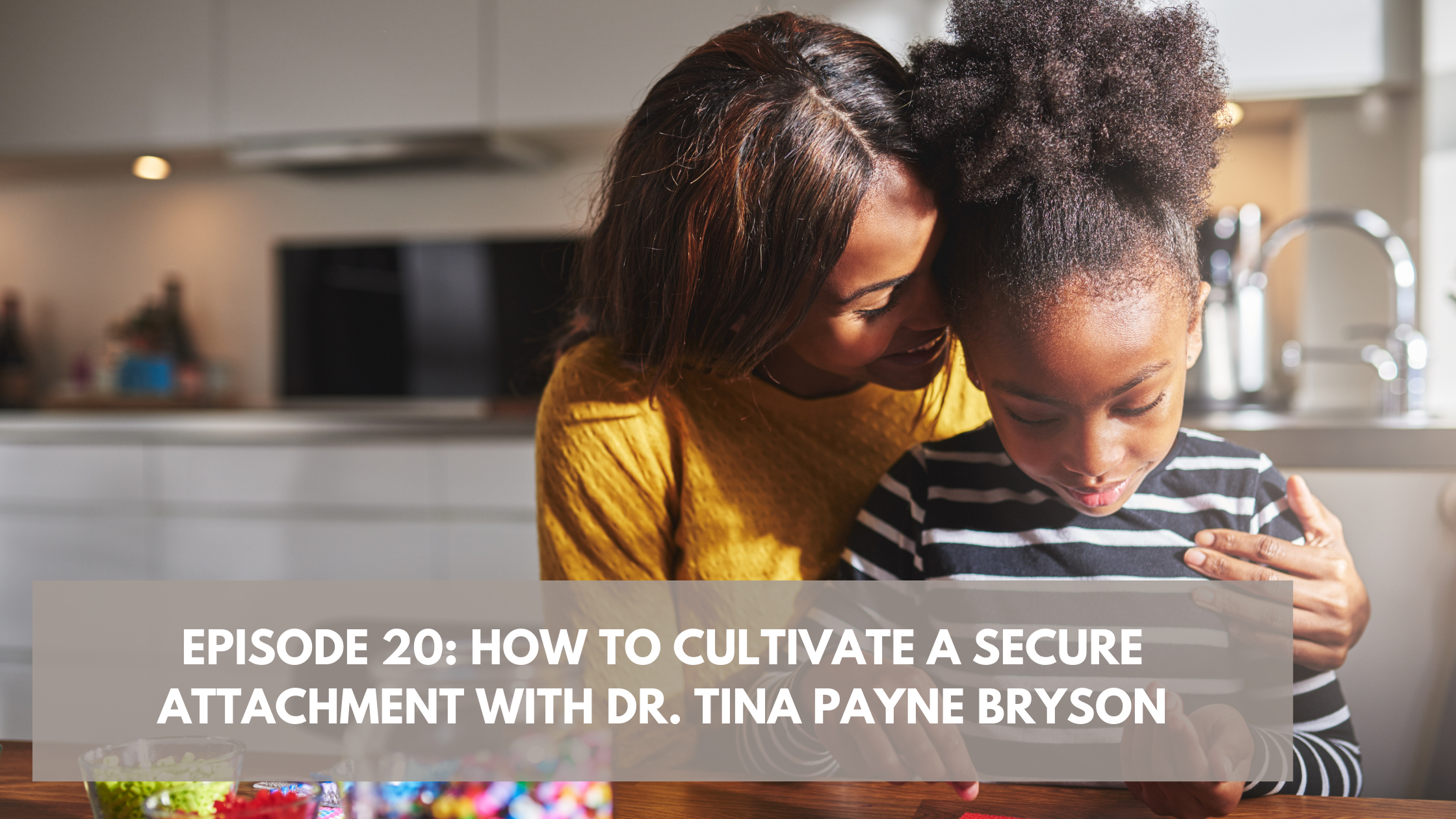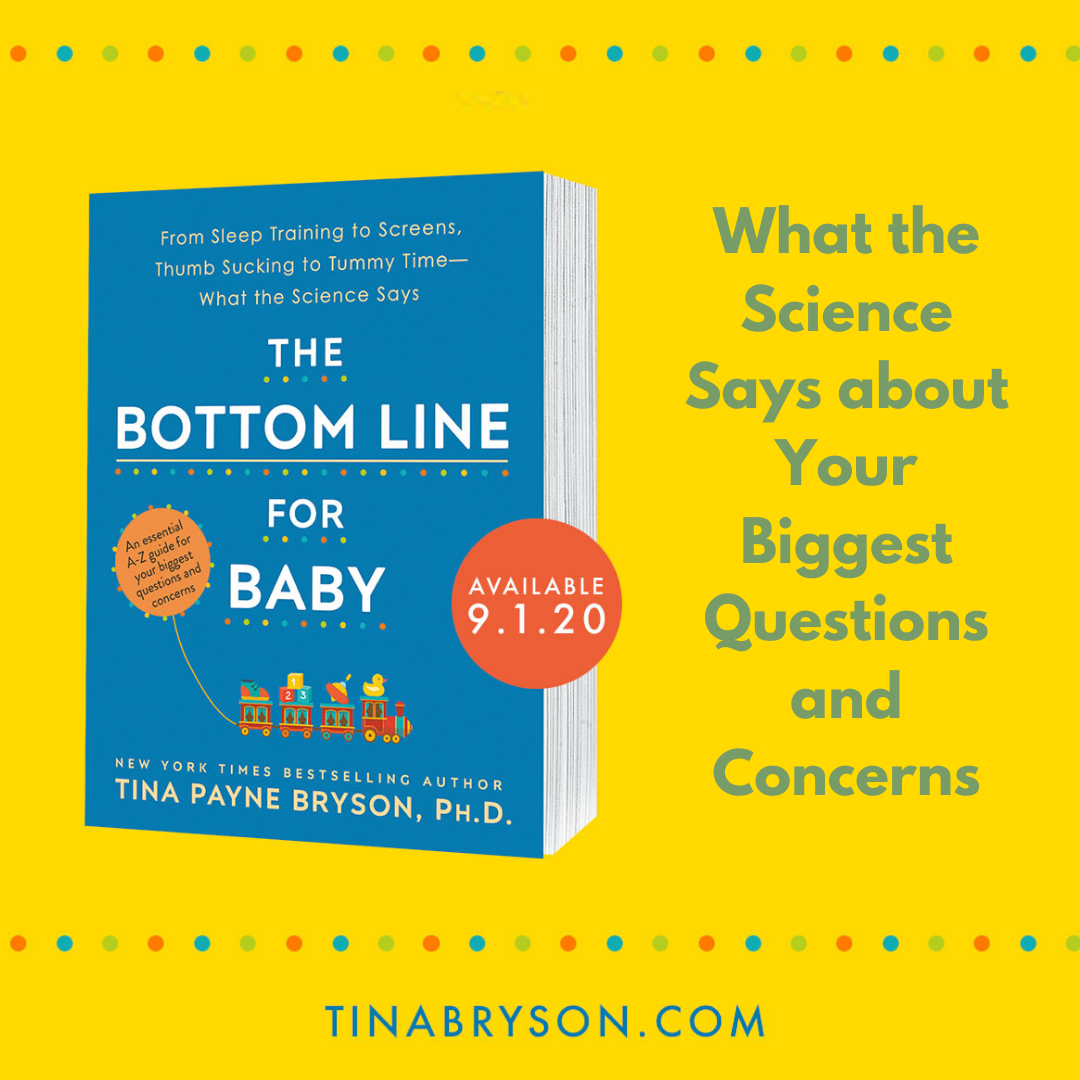Host: Cindy Hovington, Ph.D. Founder of Curious Neuron
GUEST: DR. TINA PAYNE BRYSON
Dr. Tina Payne Bryson is the co-author (with Dan Siegel) of two New York Times Best Sellers—The Whole-Brain Child and No-Drama Discipline—each of which has been translated into dozens of languages, as well as The Yes Brain and The Power of Showing Up and the forthcoming Bottom Line for Baby. She is the Founder and Executive Director of The Center for Connection, a multidisciplinary clinical practice in Southern California. Dr. Bryson keynotes conferences and conducts workshops for parents, educators, and clinicians all over the world, and she frequently consults with schools, businesses, and other organizations. An LCSW, Tina is a graduate of Baylor University with a Ph.D. from USC. The most important part of her bio, she says, is that she’s a mom to her three boys. You can learn more about Dr. Bryson at TinaBryson.com.
Summary:
Have you ever wondered, “How do I know if I am providing secure attachment?”. This episode is for you if you have ever asked yourself, “Why does my child cry when I leave?” or “Am I giving her too much attention?”. Does this mean you do not have a good attachment? Dr. Tina Payne Bryson and I dig deep into this topic and dispel the misconceptions of attachment. We also highlight the importance of making repairs in your relationships and the power of showing up. No matter what age you are, it is never too late to develop a secure attachment!
Key Notes:
There is often a misunderstanding of the word “attachment”. Attachment science is not the same as attachment parenting. Attachment parenting focuses on behaviours, such as co-sleeping, demand-feeding, breastfeeding, and baby-wearing
-
On a basic level, when we are in distress (afraid, physically uncomfortable, in pain, etc) we have a biological instinct that makes us want to be close to our attachment figure so they can regulate our physiology (body temperature, heart rate, how we move).
-
Adults also have attachment needs. This could look like paying attention to another’s mind, needs, and feelings which helps regulate their nervous system.
-
Another misunderstanding of attachment science is that people think it is parenting with permissiveness, or having a lack of boundaries. The truth is, setting clear boundaries that are communicated to our children and being predictable allows our children and partners to feel safe
-
The good news is that if you did not have secure attachment in your relationships as a child, you can still provide attachment to your children.
-
It is never too late to develop secure attachment in your relationships
-
To cultivate secure attachment: Safe, Seen, Soothed and Secure (4 S’s)
-
When we mess up (like yelling or being unpredictable) we must repair the relationship consistently. This repair is what becomes predictable and models to our children what to expect by showing up for them.
-
When children feel safe and secure, they move to independence automatically when they are developmentally ready
-
What we can do if we are not feeling Safe, Seen, Soothed, and Secure? Find what keeps you grounded and regulated. You are not alone in feeling this. What are the demands you can let go of right now? Make sure you are getting enough sleep, eating well, getting outside, and connecting with others.
-
Gratitude changes the brain. It primes the brain to focus less on negativity and focus more on things that delight us
-
Where we give attention fires and wires in our brain, meaning our brains are still changing even as adults. If we practice regulation and showing up for our kids, it will become more natural and automatic
-
What your child needs most from you is you
-
When childcare begins, what happens with attachment? Children can have multiple secure attachments and this is a good thing! What matters most is the quality of care.
-
Trust yourself and your children. What is right for your family is what is best for your child.
-
Name it to tame it: Talk to your child about what they are feeling, and support them through it






